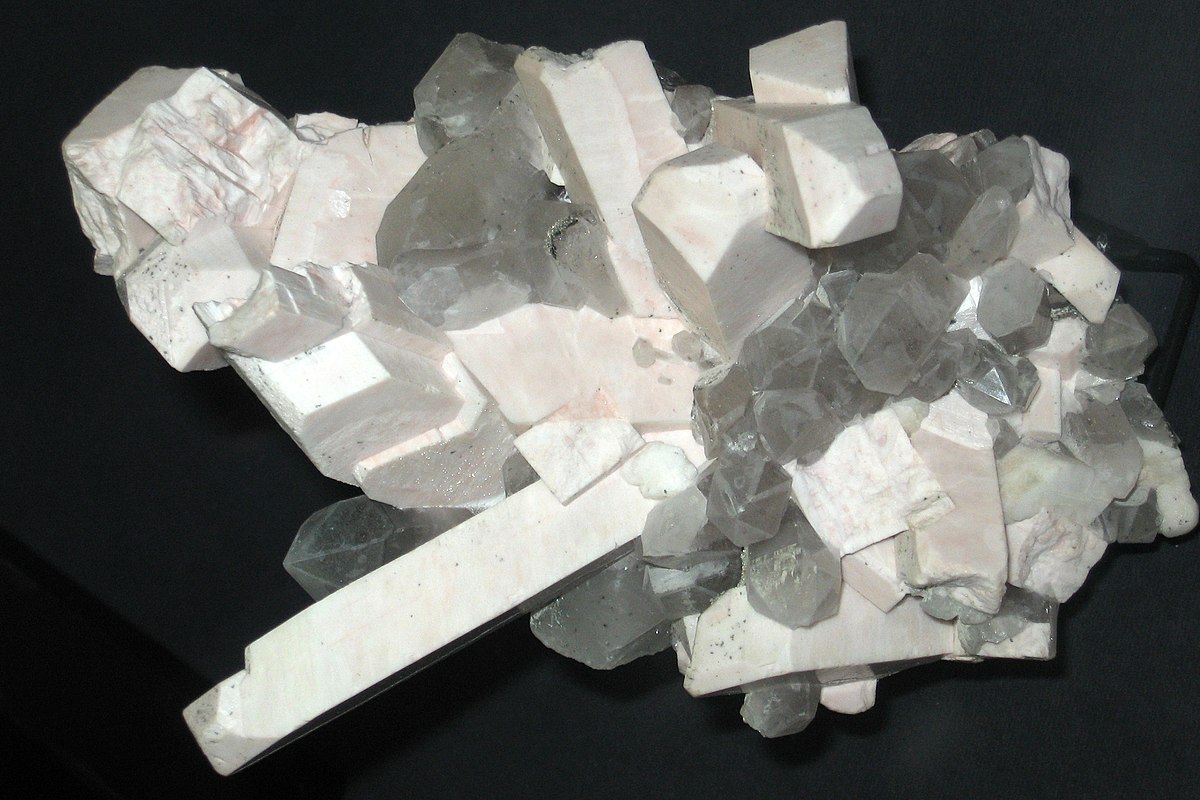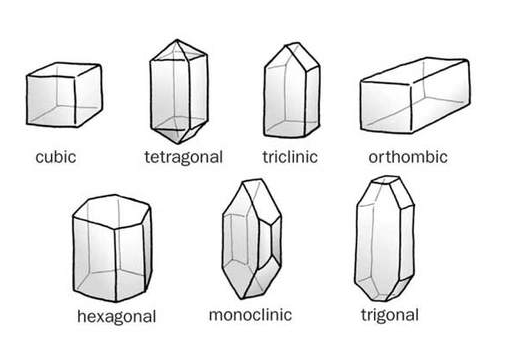I am a student at in Uru Mānuka. In 2020 I was a year 8 and in 2021 I will be a year 9. This is a place where I will be able to share my learning with you. Please note....some work won't be edited - just my first drafts, so there may be some surface errors. I would love your feedback, comments, thoughts and ideas.
Saturday, March 30, 2019
Kuri
for week 9 my group was luring about kuri a type of dog that 2 thousand year ago my group had to answer question the out teacher set up for us here a little slide that.↟
Have a good day. 🐶
Monday, March 25, 2019
What is that white powder?
Today you will be a forensic chemist.
A bag of white powder has been confiscated by the airport customs. You need to find out what white powder it is?
Aim: To learn about the makeup of different white powders.
There are a number of different white powders in our everyday life. Some of these are harmful and others are not. Test the four white powders listed to see which one has been found at the airport.
Here are some examples of everyday kitchen white powders.
Flour, Cornflour, Sugar, Salt, Baking Soda, Baking Powder, Icing Sugar, Tartaric Acid
Citric Acid, Gluten Free flour
You will be given a small amount of 4 white powders on your cardboard. On the black cardboard using a magnifying glass look at the powders.
Look at them under your magnifying glass and record what you see.
1. Cornflour
2. Baking Soda
3. Salt
4. Sugar
Before you add the iodine, vinegar or water you will need to divide each powder into 3.
1. powder
2. black paper
3. water
4. iodine
4. iodine
5. vinegar
6. pipette
7.
Steps
1. put the powder on the paper
2. then put them is three groups
3. then grab all the liquid you need
4. then put the first liquid in all the salt or the other you can pick
5. then put the second liquid in all the sugar or the other you can pick
6. then out the third liquid in all the baking soda or the other you can pick
7. then out the fourth liquid in all the cornflo or the other you can pick
Findings:
Write a paragraph about your findings.
Once you have completed your blog and cleaned up all your equipment you can make sherbet.
1 tsp of powdered drink crystals (eg refresh)
1/4 tsp citric acid
1/2 tsp icing sugar
1/4 tsp -baking soda.
Put all ingredients into a zip lock bag, stir, and enjoy.
Materials:
Steps
1.grab a zip lock bag
7.
Steps
1. put the powder on the paper
2. then put them is three groups
3. then grab all the liquid you need
4. then put the first liquid in all the salt or the other you can pick
5. then put the second liquid in all the sugar or the other you can pick
6. then out the third liquid in all the baking soda or the other you can pick
7. then out the fourth liquid in all the cornflo or the other you can pick
Sugar
|
Salt
|
Baking Soda
|
Cornflour
| |
Appearance
| crystal | crystal | fluffy mess | crambly |
Texture
| soft stons | hard | soft | soft fluffy |
Smell
| sweet | nothing | nothing | nothing |
Iodine
| spreed | went brown | went yellow | went black |
Water
| went clear | went clear | went clear | oobleck |
Vinegar
| watery | stay the same just a bit of water | fizzy | went hard |
Write a paragraph about your findings.
Making Sherbet
Once you have completed your blog and cleaned up all your equipment you can make sherbet.
Using the following recipe you can make sherbet.
Sherbet recipe
Recipe:
Recipe:
1 tsp of powdered drink crystals (eg refresh)
1/4 tsp citric acid
1/2 tsp icing sugar
1/4 tsp -baking soda.
Put all ingredients into a zip lock bag, stir, and enjoy.
Materials:
1. baking soda
2. icing sugar
2. icing sugar
3. zip lock bag
4. tsp
5. citric acid
Steps
1.grab a zip lock bag
2. open the zip lock bag
3. then ask a parent or a teacher to help you put the ingredient in
4. then put the icing sugar in.
5. then put the baking soda and citric.
6. then shut the zip lock bag and mix's
Findings:
Sherbet
| |
Taste
| weird |
Colour
| pink |
Conclusion
Friday, March 22, 2019
Friday, March 15, 2019
colourful experiment
Aim: To separate colours by using the process of chromatography.
Definition: A technique for separating the different parts of a mixture / solid using liquid.
Rainbow paper
Materials;
1. cup
1. cup
2. you need filter paper or special paper
3. water from sink
4. the colours you need black green and red
Process:
Step 1: get a cup
Step 2: get some water
Step 3: get the paper
Step 3: get the paper
Step 4: bend the paper a little at the top then put the hook on the edged and it should sit there
Findings: the colour went up the paper
Reflection: the water can go up paper
Process:
Findings: the colour fared away form the skittle
Reflection: That skittle colour combined in the middle then we got to eat them
What did the colours do?
Did the colours mix together?
Why or why not?
Extension:
What is another experiment you could do using chromatography and how would you do it.
Reflection: the water can go up paper
Skittles
Aim: To separate colours by using the process of chromatography.
Materials;Aim: To separate colours by using the process of chromatography.
1. Small Circle containers
2. skittles
3. water from sink
Process:
Step 1: spreed out the skittles
Step 2: pour some water in with the skittles
Step 3: wait for a little to see the water change colour
Step 4: when its done open the container
Step 5: then take out the skittles
Step 6: then you can eat the skittles
Findings: the colour fared away form the skittle
Reflection: That skittle colour combined in the middle then we got to eat them
What did the colours do?
Did the colours mix together?
Why or why not?
Extension:
What is another experiment you could do using chromatography and how would you do it.
Puppet fun day
Today in drama we where doing a puppet show our puppet show was a bit weird but also fun. Miss Tozer was laughing after we finished but i can't blame her it was funny. Here the video we did ↡
HAVE A AMAZING DAY AND LAUGH AT MY VIDEO BYE.
HAVE A AMAZING DAY AND LAUGH AT MY VIDEO BYE.
Our DMIC maths
Today in our maths we did DMIC we had to become a person is the story and work out how much the kids will get money they will get in two weeks in my group I had Kya, Emily, Heaven, and me. My whole group chose the boy because he will get more money the then girl because she get 10$ but then she get two more dollars for how long she works there. The boy only 1$ for the first day the get payed double for how long he works there. Here what we had to do. ↡
Have a good day bye 😊 .
Thursday, March 14, 2019
Home made Crystals
Aim: To learn about a saturated solution and how to make crystals
Definition of solution:
A liquid mixture, when something is dissolved into a liquid (eg: sugar in water)
Definition of saturated:
Having or holding as much as can be absorbed of something (when no more sugar or borax can be dissolved into the water)
In groups of three you will make three different types of crystals and compare the results.
Borax Crystals

Ratio; 3 Tablespoons Borax per 1/2 cup water
Materials
1) pip cleaners
2) string
3) cup
4) hot water
5) borax
6) stick
6) stick
Process
Step 1: grab a polyester cup.
Step 2: put 4 teaspoon of borax.
Step 3: then put hot water.
Step 4: then stir the borax in to the hot water.
Step 5: tie the string to the stick
Step 6: tie the pipe cleaner to the string
Step 7: Place the string into the cup
Step 7: Place the string into the cup
Sugar Crystals
Materials
1) sugar.
2) polyester cup
3) teaspoon
4) hot water
5) string
6) stick
6) stick
Process
Step 1: get a polyester cup
Step 2: put sugar in the cup
Step 3: put hot water in the cup
Step 4: stir the sugar in with the water
Step 5: tie the string to the stick
Step 6: set it in the water
Salt Crystals

Ratio: 4 Tablespoons salt to 1/2 cup water
Materials
1) salt
2) polyester cup
3) teaspoon
4) hot water
5) string
6) stick
6) stick
Process
Step 1: put salt in polyester cup.
Step 2: then put hot water in the cup.
Step 3: stir it to together.
Step 4: tie the string to the stick.
Step 5: put the string in the water.
Step 6: then let it set.
Findings
Describe your crystals in the table below.
Crystal Type
|
Shape
(Describe the shape) |
Size
(of individual crystals) |
Hardness
(Crumbly to Rock Hard) |
Borax
| Snow flake, Frosty. | Madinm. | Brittle. |
Sugar
| No crystals formed. | Small. | Weak |
Salt
| Frosty. | Small. | Hard. |
What crystals worked out best and why?:
Conclusion:
________________________________________________________________________
Conclusion:
________________________________________________________________________
CRYSTAL TYPES
AIM: TO LOOK AT THE 7 DIFFERENT TYPES OF CRYSTALS
| Salt Crystals |
| Sugar Crystals |
| Borax Crystals |
7 different crystal shapes
The 7 types of crystals
Type
|
Number of sides
|
2 examples
|
Image
|
Triclinic
Definition:
| 6 | house a box with a pont |  |
Monoclinic
Definition:
| 9 | diamond a banker |  |
Orthombic
Definition:
| 5 | rectangle |  |
Trigonal
Definition:
| 9 | long house. | |
Hexagonal
Definition:
| 8 | tall box tall circle | |
Cubic
Definition:
| 5 | cube Square | |
Tetragonal
Definition:
| 9 | gem from a gam |
Explain how the following crystals are formed?
Type
| |
Salt
| Soa water, pond, sun, evaporates water and the turns into salt crystal. |
Sugar
| Sugar cane, chop it up, roll it in to juice, heat elaporate water and then you have a sager crystal. |
Snowflakes
| Dust,water freezer to dust, more water freezer to it. |
Subscribe to:
Comments (Atom)




